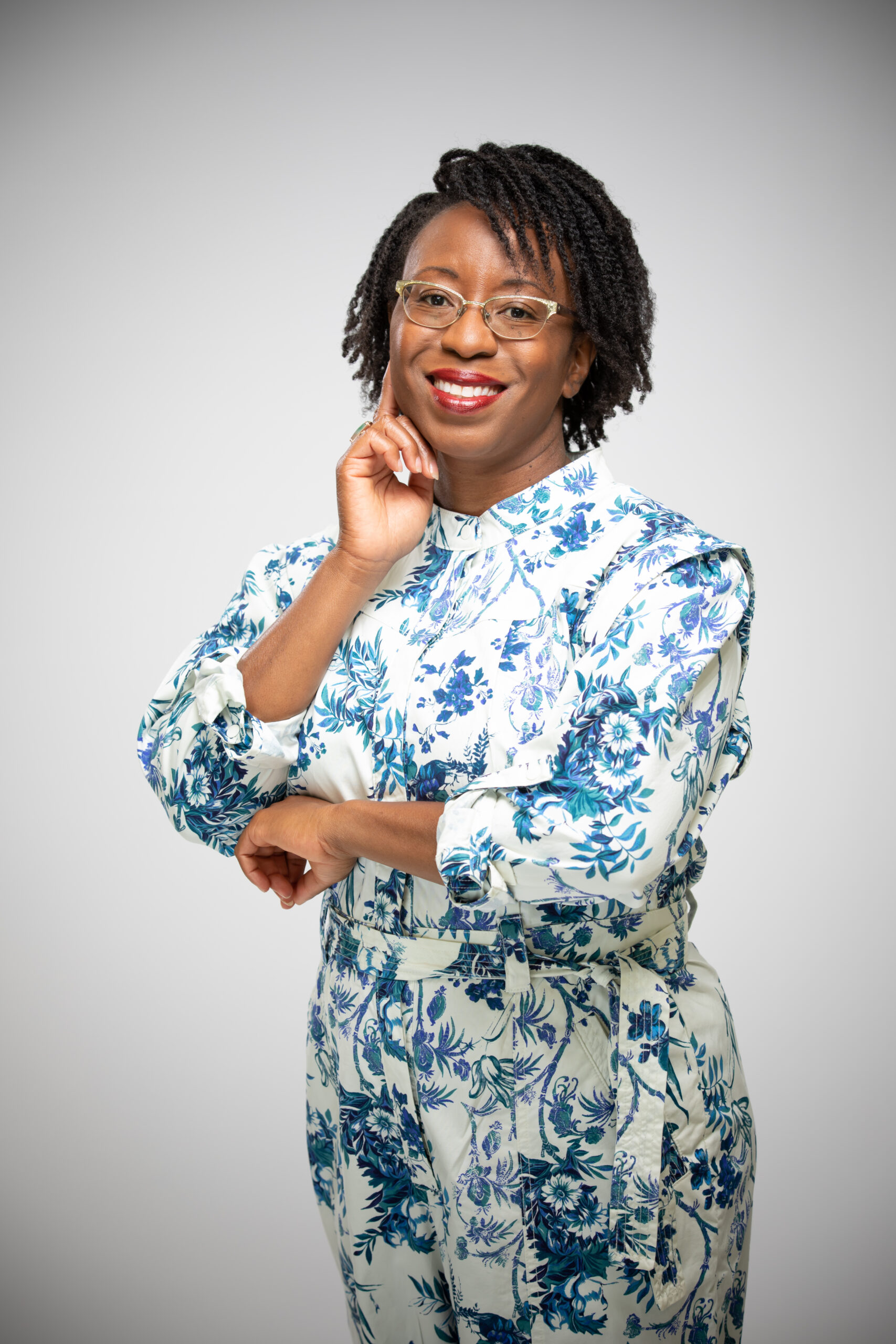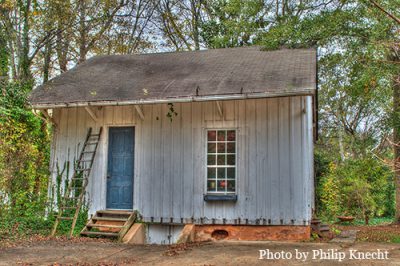
Dr. Jodi Skipper (she/her) is a Professor of Anthropology and Southern Studies at the University of Mississippi, who considers the role of historic preservation in imagining more sustainable and healthy futures for U.S. communities. She understands this through the notion of community wellbeing, and how the failure to address racist pasts negatively impacts economic vitality, senses of belonging, and acceptance of difference.
Since 2012, Dr. Skipper has worked as a scholar-in-collaboration with Behind the Big House, a grassroots slave dwelling interpretation program, located in Holly Springs, Mississippi. She received a Whiting Foundation Public Engagement Fellowship, Mississippi Institutions for Higher Learning Excellence in Diversity and Inclusion Award and a University of Mississippi Diversity Innovator Award for her work with Behind the Big House. She is also a member of the UM Slavery and the University Working Group, an Emmett Till Interpretive Center board member, and a member of the International Coalition of Sites of Conscience’s North American Steering Committee.
In the Q&A, Dr. Skipper explains what inspired her to study anthropology, how she thinks academia can be more supportive of community work, and the fascinating research she’s recently participated in – in her own hometown.
What inspired you to study anthropology?
I was interested in archaeology as an undergraduate student, and was working on a BA of History. I initially wanted to do a classical archaeology program, but then I watched a fascinating documentary on slave houses that talked about the ingenuity of enslaved people. One thing I remember was how they built chimneys at a particular slant and with a variety of materials that allowed it to be easily dismantled if it caught fire. I knew I wanted to study that, and I realized there were “plantation archaeologists” doing that work under the framework of anthropology.
In your book, Behind the Big House, you explore the challenges of contextualizing the history of slavery in the U.S. – particularly at local historical sites. What are some of the most egregious misrepresentations you’ve seen?
I’ve made strategic attempts to avoid going to historic sites that don’t mention slavery at all, or just briefly mention it, and are clearly romanticizing history. I’ve done this work long enough to know what to expect in advance. So I avoid those sites and tend not to be surprised.
Conversely, are there any sites top-of-mind that interpret slavery well? What do you think makes them successful?
One of the most recent sites that does this well has been the Whitney Plantation in Wallace, Louisiana. It focuses specifically on the enslaved people who lived on Louisiana’s German Coast, and has been popular with New Orleans tourists. When you go to the site, you start at the slave dwellings, and move to the big house (where the owners lived) at the end of the tour. Along the way there are memorials to former enslaved people, and quite a bit of powerful historical context. Another great example is the McLeod Plantation in Charleston, South Carolina, which is actually run by the county parks department. This site focuses on the journey from slavery to freedom, and it really tries to give a sense of the lives of the enslaved people there. The tour doesn’t even go into the big house, unless you choose to do so voluntarily. The scope of the site also goes into the post-Civil War area to give a glimpse into how formerly enslaved people developed communities as free people.
What stood out to you in your journey working with Behind the Big House?
The Behind the Big House program in Holly Springs, Mississippi, has a unique origin. It’s a grassroots community program, and not a public institution, or privately run by one individual. It started out with several individual homeowners who put their homes on tour, with community support. It’s the only grassroots model like that in the United States. For me, not only as an anthropologist but also as an academic, I feel privileged to do this work with people who didn’t have to be convinced. These homeowners were already doing the program. Usually, there’s a lot of persuading involved to get someone to want to tell a more holistic story of enslavement.
One thing that surprised me throughout the “Behind the Big House” project was how in conflict the community engagement side of the work was with the academic side. Community engagement requires a lot of time and energy. Academia struggles with working with communities. When you’re on the tenure track, you’re expected to publish your work as a deliverable, but it’s hard to evaluate how well someone works with the community in a quantifiable way. The type of work I do is very much about the process of community engagement and how we learn from that, and it was a challenge to fit that into a model that didn’t necessarily value the product. But that’s changing at some places, including at the University of Mississippi, and there’s a lot more support now.
What is the goal that drives your work throughout your career?
I’ve learned that I’m the type of researcher who’s most interested in finding communities that need a particular kind of help, and figuring out how I can be supportive. You still learn a lot of lessons that way. I’m from Lafayette, Louisiana, which is where my family still lives. I’m currently involved in a book project on a particular neighborhood called Freetown, which is a community that was developed by a lot of formerly enslaved people and free people of color communities. This community and its history hasn’t been centered until recently. In 2013, I started researching an event locals called the “Black Mardi Gras Parade” when I was young. It wasn’t legally segregated at that time, but it was historically segregated. As I started looking into the history, I realized Black folks in the 1950s used the parade as a form of civil rights mobilization. It was a respectable way of representing Black people, but at the same time it was also subversive. They crown a “King Toussaint” and “Queen Suzanne” at the parade every year – named after a leader of the Haitian revolution and his wife. The roots of this parade were brave and bold, and it got me interested in learning more about the historical context.
It feels like a privilege to have the skillset to research the history of my own community, but it also feels really uncomfortable and a little embarrassing to realize there’s so much I don’t know. I know more about other places than where I actually grew up. But for the most part, African American history hasn’t been a priority. I wasn’t taught these things in school. So I’m trying to give myself some grace around that.
Can you speak about your experiences with the North American Steering Committee? In your view, how can North American sites best work together?
It’s relatively new from a North American perspective to think of our sites as a unified entity. It’s been a very interesting challenge to think about what it means to have Sites of Conscience as a U.S. entity within the context of a global community. Hearing from folks doing work in Canada and other parts of the United States has provided a lot of clarity as to where North America fits in the broader scheme of things. There are so many other countries that are a lot further along in thinking about concepts like transitional justice than we are in the U.S. and Canada. I’m still learning a lot, I’m feeling a lot smaller, in a much bigger world, and I like that discomfort.
Posted: July 2024

